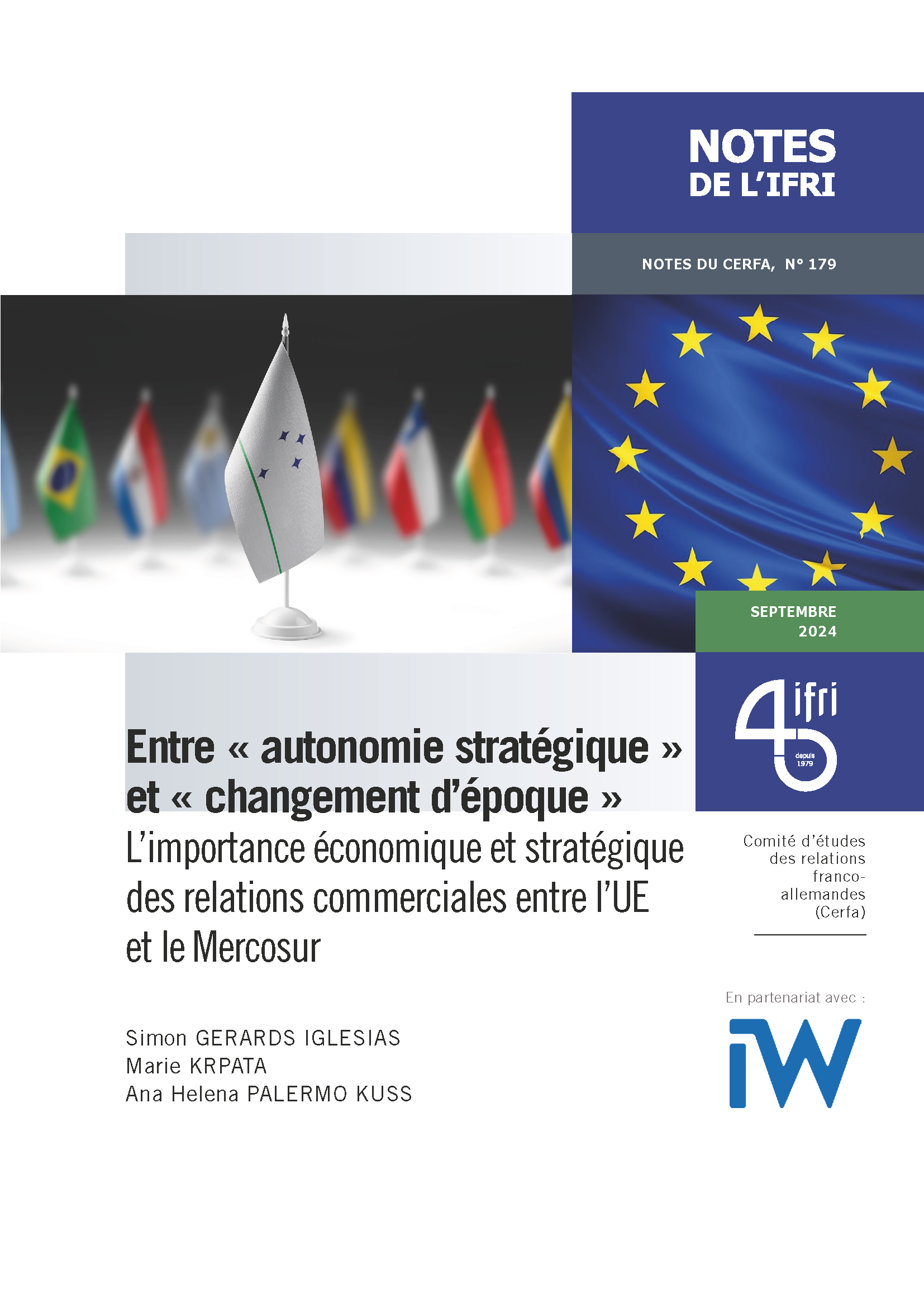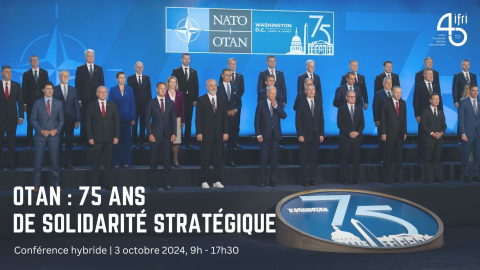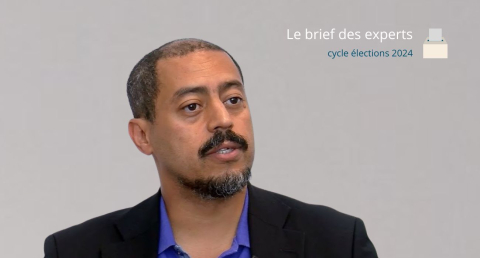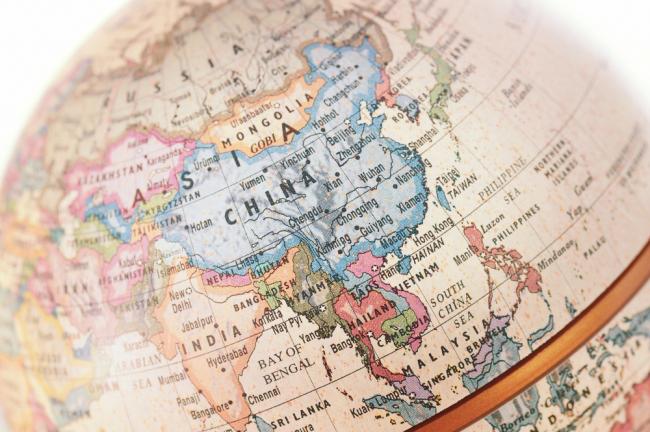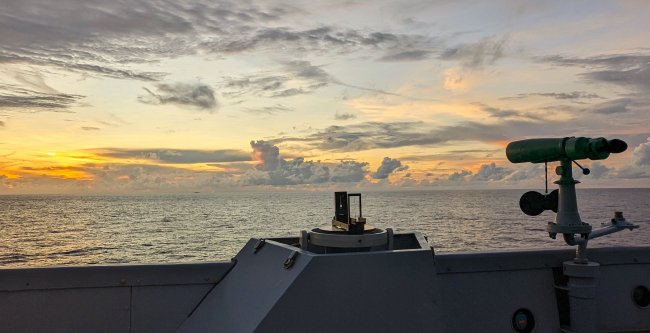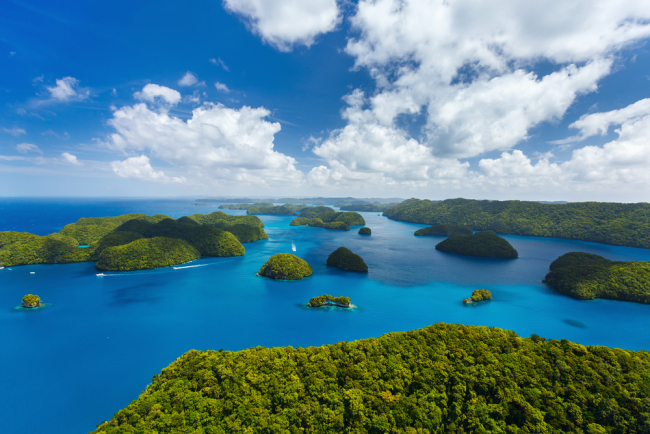What Would Suga’s Indo-Pacific Strategy Look Like?
With the resignation of Prime Minister Abe, the future of Japan’s Free and Open Indo-Pacific strategy has been called into question. Abe was indeed one of the key architects of this vision and he devoted enormous energy to flesh it out.

For sure, his successor, Suga Yoshihide, will have his hands full with domestic issues, from tackling the COVID-related economic crisis to implementing daunting structural reforms. Moreover, as Suga is lacking diplomatic experience, a risk was to see Japan becoming less committed on the international stage.
However, for many reasons, the Indo-Pacific strategy (or vision) is very much likely to endure. Prime Minister Suga has already promised continuity and his first instructions to the Foreign Minister Motegi were to strengthen the Japan-US alliance and steadily implement the 'Free and Open Indo-Pacific Strategy' (FOIP). A number of coordinated moves confirmed that Suga’s administration will pursue the expanding strategic cooperation with like-minded partners in the region. At the start of October, the Foreign Minister Motegi visited Europe, emphasizing cooperation in the Indo-Pacific with key partners such as France and Germany. Japan will also host a ministerial Quadrilateral meeting on October 6 with the US, India and Australia, taking advantage of the Secretary of State Pompeo’s visit to Tokyo. Finally, it was announced that Suga’s first overseas travel later that month will bring him to Vietnam and Indonesia, in a move to demonstrate ASEAN’s centrality in Japan’s Indo-Pacific vision.
Since Prime Minister Abe unveiled FOIP in 2016, it has indeed become a key feature of Japan’s foreign policy. More importantly, FOIP has deeper ramifications, as an updated, maritime version of the 2007 Arc of Freedom and Prosperity launched under the first Abe mandate. Even if the rhetoric of the Arc soon disappeared from the political discourse, the underlying idea to team up with like-minded Asian partners to uphold liberal order and balance China continued to serve as a bedrock of Japan’s foreign policy, even under the alternance of the Democratic Party of Japan (2009-2012). As Tomohiko Satake also points out, FOIP not only serves to counterbalance China by offering an alternative to the Belt and Road Initiative, but it also provides visibility and coherence to development cooperation projects Japan has been conducted in the region for a long time. The Indo-Pacific vision is also an attractive strategic narrative that was endorsed – with some variations – by a number of key partners, beginning with the US, but also India, Australia, ASEAN, France and even Germany. This highlights a great diplomatic success for Japan, a country that is traditionally not seen as a proactive leader on the international scene. This also means that Tokyo should live up to the expectations he created as a supporter of regional stability. As the Indo-Pacific narrative is gaining momentum around the world, it is unlikely that Japan retreat from it. Finally, routine cooperation and consultation with main partners have been institutionalized through the Quadrilateral Dialogue (Quad), which makes the continuation of the Indo-Pacific policy easier.
If Suga is thus likely to pursue this approach, he might also be willing to put his own stamp on it. Indeed, a strategy that matured for more than 10 years, Japan’s Indo-Pacific approach is polymorphic, multilayered and evolutive.
Please read the full article on ISPI webpage.

Contenu aussi disponible en :
Régions et thématiques
Utilisation
Comment citer cette étudePartager
Centres et programmes liés
Découvrez nos autres centres et programmes de rechercheEn savoir plus
Découvrir toutes nos analysesDéploiement de la frégate Bretagne dans l’Indo-Pacifique : mettre en oeuvre la stratégie française dans la région
Le déploiement de la Frégate multi-missions (FREMM) Bretagne de la Marine nationale dans l’Indo-Pacifique ces derniers mois démontre la capacité française de projection loin de la métropole, et concrétise sa stratégie indopacifique.
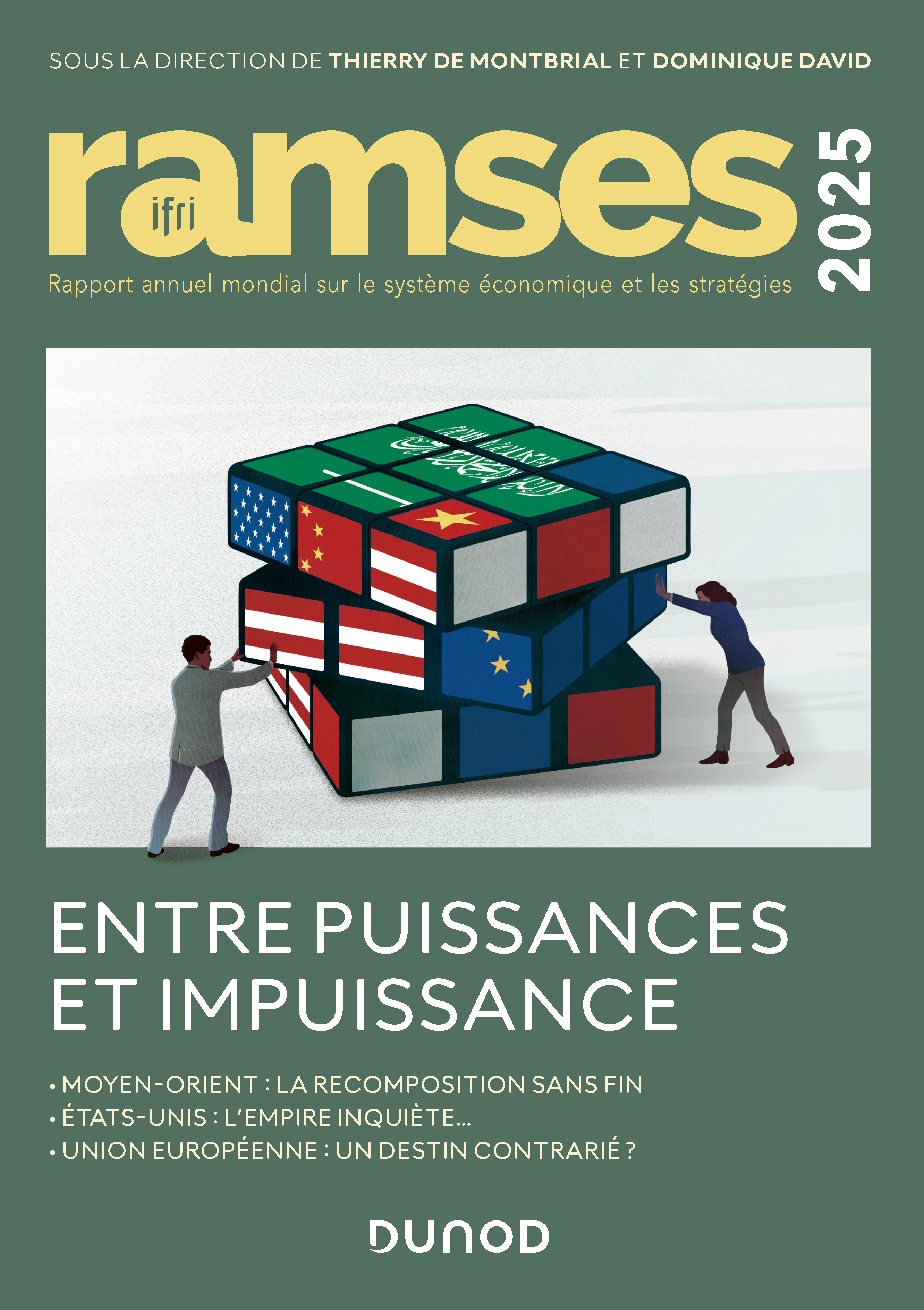
Ramses 2025. Entre puissances et impuissance
Jamais on n’a décompté autant de puissances pouvant, dans leur espace de jeu, dérégler les équilibres internationaux ; jamais les puissances dominantes n’ont semblé aussi impuissantes à parer à la fragmentation du monde.
Le réinvestissement stratégique du Japon dans le Pacifique insulaire
Le Japon a pris conscience de l’importance stratégique du Pacifique insulaire avec une approche multiforme, intégrée, qui reste discrète. Pour Tokyo, il s’agit de faire face aux avancées chinoises dans la région et de trouver des partenariats avec les États insulaires mais aussi avec les puissances comme l’Australie ou la France. Toutefois, les ressources consacrées par le Japon restent encore limitées.

La stratégie indopacifique de la France
Cet article est extrait de la revue Question internationales - n°118 - Avril-mai 2023.
Nouveau théâtre de la rivalité stratégique entre la Chine et les États-Unis, l'espace indopacifique représente un intérêt croissant pour la France. Elle y défend les intérêts liés à son vaste territoire maritime en y promouvant le multilatéralisme et en y nouant de multiples partenariats.


